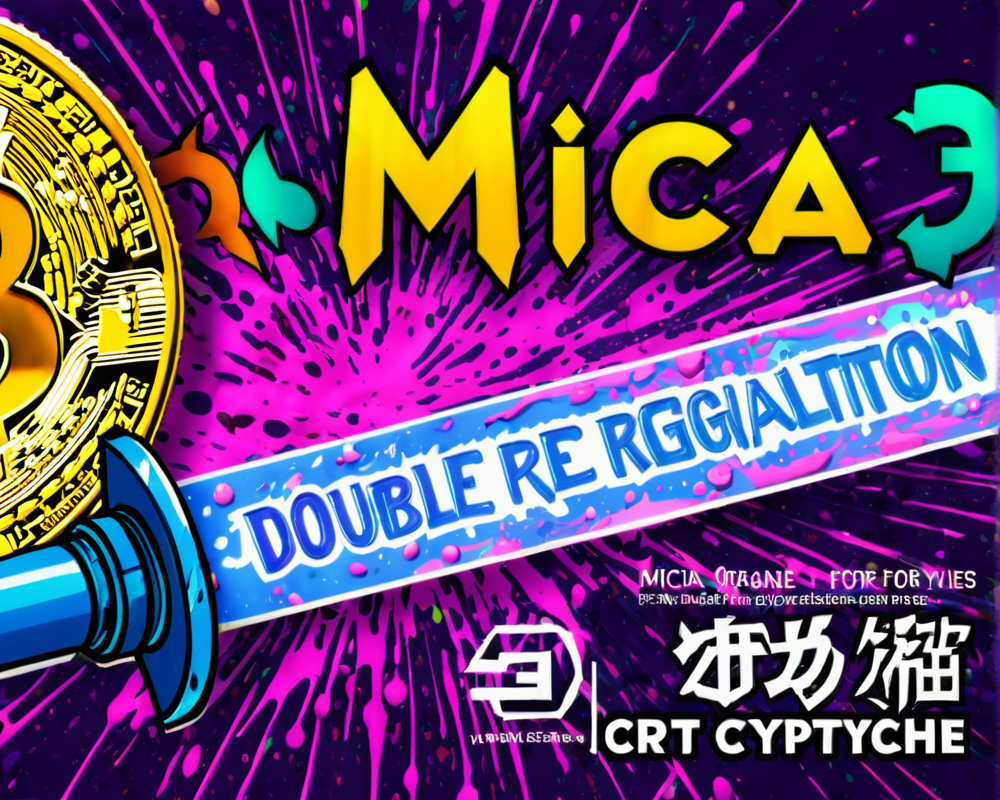An Overview of MiCA
The European Union has taken a giant leap into the world of cryptocurrency by passing the Markets in Crypto-Assets (MiCA) regulation. This legislation is designed to bring clarity and standardization to the crypto landscape, aiming for a balance that will (hopefully) protect investors while allowing the industry to thrive.
Stifling Innovation: The Danger of Uniform Regulations
One of the key criticisms of MiCA is its one-size-fits-all approach to regulating decentralized finance (DeFi). While uniform rules might simplify things for regulators, they can also hamstring innovation. Just think about it: do you really want a regulation applying to everything from a sleek, high-tech DeFi platform to a charming little pumpkin spice latte stand? Yeah, neither do we.
As with traditional regulations like the Dodd-Frank Act in the U.S., this could mean that smaller DeFi projects might struggle to keep up with compliance costs, letting big players grab all the market love. DeFi was designed to be inclusive and decentralized—don’t let regulations strip it of its very essence!
Compliance Costs: A Crypto K.O.?
Another blow strikes with increased compliance costs. Much like a heavyweight boxing match, the crypto platforms could get knocked out cold by the need to adhere to rigorous regulations imposed by MiCA. You know how expensive gym memberships can get? Now imagine if those fees came with an added requirement of dealing with compliance!
As regulatory costs soar, new players may find it challenging to enter the ring, making it tougher for crypto innovation to flourish. Just look at the banking sector! After 2008, it was like they’d opened a Pandora’s box of compliance costs and burdens, and it seems MiCA is threatening to bring some of that chaos to the crypto world.
Privacy Concerns: Can We Keep Our Secrets?
Let’s face it: gathering user data is not just the latest trend; it’s already a vital aspect hanging in the air like a bad perfume. MiCA’s requirement for crypto-asset service providers to collect extensive personal data raises eyebrows and privacy concerns everywhere.
It’s reminiscent of the stricter regulations seen in traditional finance. Such mandates have driven businesses to “park” their data collections like a bad date who won’t leave. With increased data comes the risk of vulnerable privacy breaches, and it can feel alarming for users. Who can we trust if the rules just mean more data available for hackers to revel in?
A Path to Innovation: Finding Balance
While the intentions behind MiCA may be noble, it’s essential for regulators to keep an eye on the future and the potential ramifications of their rules. Striking a balance between due diligence and innovation will be crucial. Maybe it’s time to emphasize flexibility over rigidity?
Think of it as a relationship—regulation should support the crypto industry’s growth rather than smother it. Modifying rules for unique decentralized structures could allow both privacy and innovation to coexist harmoniously. So here’s hoping MiCA evolves before we all feel like we’re stuck in the Stone Age.
Conclusion: The Road Ahead
In conclusion, while MiCA aims to create a safer crypto environment, it’s pivotal that the regulations support rather than hinder innovation. Like a superhero movie, maintaining consumer protection without ruining the excitement of the crypto landscape should be the ultimate blockbuster ending.



